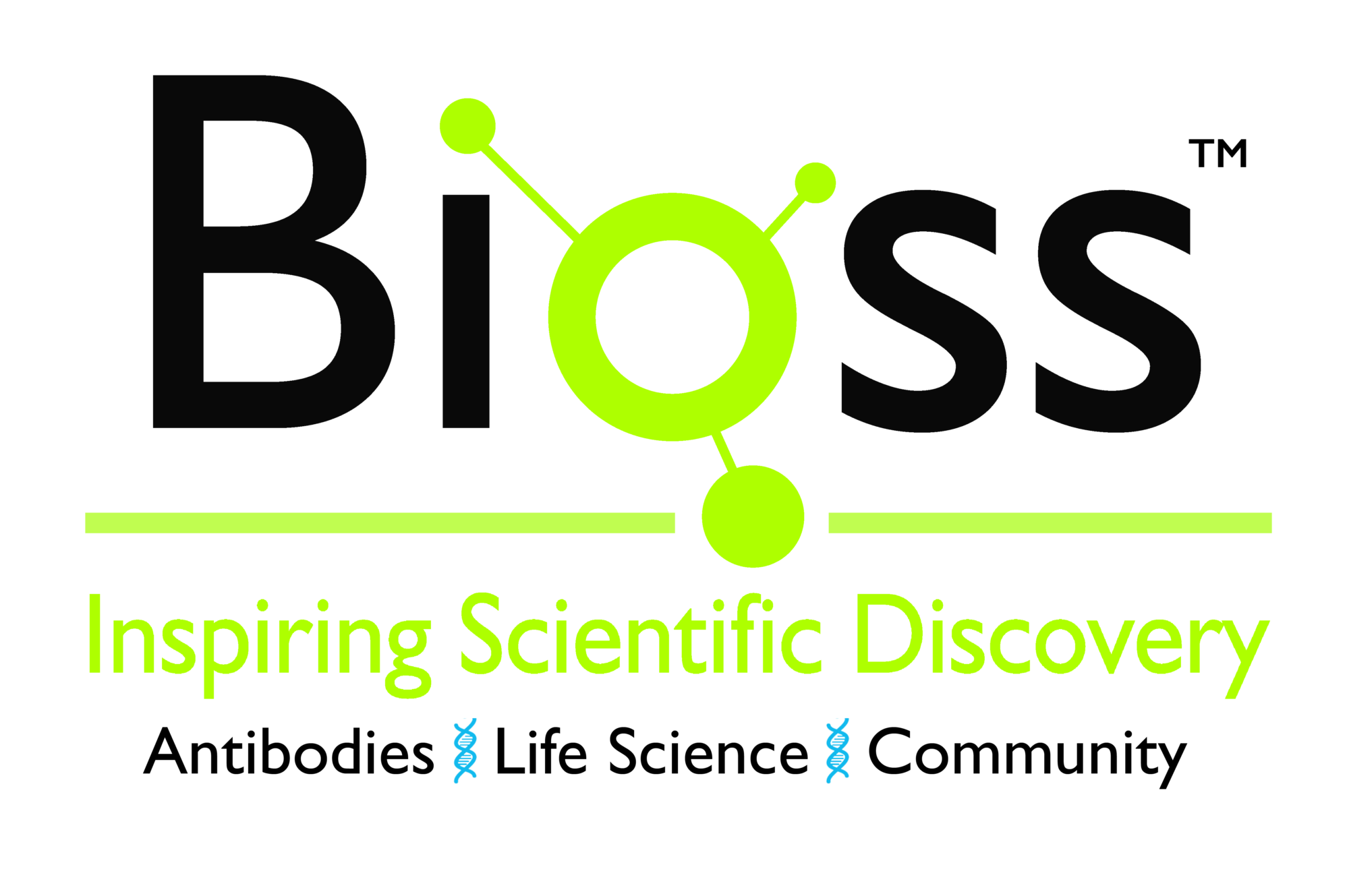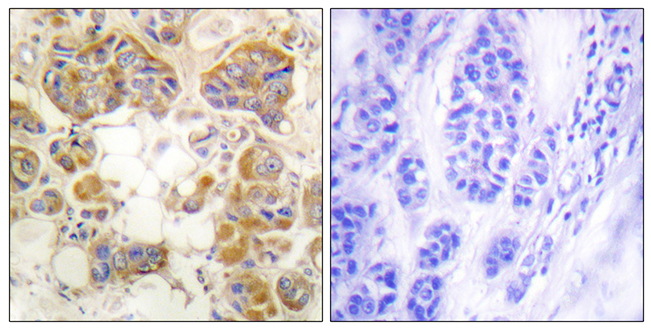COL1A1 Monoclonal Antibody
RD85573A
ApplicationsImmunoHistoChemistry, ImmunoHistoChemistry Paraffin
Product group Antibodies
ReactivityHuman, Mouse, Rat
TargetCOL1A1
Overview
- SupplierReddot Biotech
- Product NameCOL1A1 Monoclonal Antibody
- Delivery Days Customer5
- ApplicationsImmunoHistoChemistry, ImmunoHistoChemistry Paraffin
- CertificationResearch Use Only
- ClonalityMonoclonal
- Clone IDClone:3C3
- Concentration1 mg/ml
- ConjugateUnconjugated
- Gene ID1277
- Target nameCOL1A1
- Target descriptioncollagen type I alpha 1 chain
- Target synonymsCAFYD, EDSARTH1, EDSC, OI1, OI2, OI3, OI4, collagen alpha-1(I) chain, alpha-1 type I collagen, alpha1(I) procollagen, collagen Col1-ColIII-1, collagen Col1-ColIII-2, collagen alpha 1 chain type I, collagen alpha-1(I) chain preproprotein, collagen of skin, tendon and bone, alpha-1 chain, collagen, type I, alpha 1, pro-alpha-1 collagen type 1, type I proalpha 1, type I procollagen alpha 1 chain
- HostMouse
- IsotypeIgG
- Scientific DescriptionCOL1A1 (Collagen Type I Alpha 1 Chain) is a Protein Coding gene. Diseases associated with COL1A1 include Caffey Disease and Osteogenesis Imperfecta, Type I. Among its related pathways are Collagen chain trimerization and Transcription_Role of VDR in regulation of genes involved in osteoporosis. GO annotations related to this gene include identical protein binding and platelet-derived growth factor binding. An important paralog of this gene is COL2A1.This gene encodes the pro-alpha1 chains of type I collagen whose triple helix comprises two alpha1 chains and one alpha2 chain. Type I is a fibril-forming collagen found in most connective tissues and is abundant in bone, cornea, dermis and tendon. Mutations in this gene are associated with osteogenesis imperfecta types I-IV, Ehlers-Danlos syndrome type VIIA, Ehlers-Danlos syndrome Classical type, Caffey Disease and idiopathic osteoporosis. Reciprocal translocations between chromosomes 17 and 22, where this gene and the gene for platelet-derived growth factor beta are located, are associated with a particular type of skin tumor called dermatofibrosarcoma protuberans, resulting from unregulated expression of the growth factor. Two transcripts, resulting from the use of alternate polyadenylation signals, have been identified for this gene.
- ReactivityHuman, Mouse, Rat
- Storage Instruction-20°C
- UNSPSC12352203






